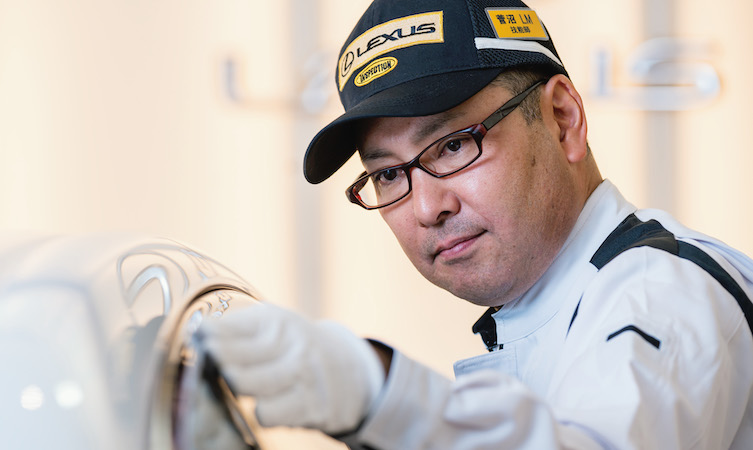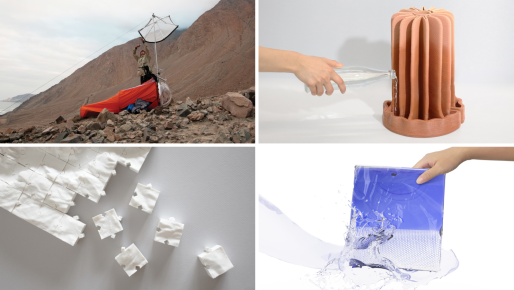Katsuaki Suganuma probably knows Lexus cars better than anybody else in the world. As the takumi in charge of final vehicle inspection, he has spent 32 years and more than 60,000 hours using his finely tuned senses to detect the tiniest imperfections in Lexus vehicles.
At the Tahara plant in Japan, Katsuaki and his staff are trained to inspect painted surfaces and panel gaps using only their hands and eyes. It is a skill he believes can never be truly replaced by technology.

In his eyes, a Lexus is not just an industrial product but a work of art. “It’s about how a car feels when you touch it, or the experience of sitting inside it – robots won’t be able to replicate that,” he said in the Lexus documentary, Takumi – A 60,000-hour story on the survival of human craft.
Inspecting hundreds of cars a week may be repetitive, but for takumi like Suganuma it’s all part of striving to be the best. As we discovered during our interview below, he’s confident that humans will always be needed in the car manufacturing industry.
What are you looking for during final vehicle inspection?
Suganuma: “Every car has to be perfect, so we’re looking for slight abnormalities that an untrained eye might miss.”

When you started in the final vehicle inspection department, did you ever imagine that you would work there for 32 years?
Suganuma: “Yes, I knew it would be a lifelong job. Ever since I’ve joined, I’ve worked with really good sempai [older, more experienced members of staff] and they taught me so much about this business. I think it’s wonderful that this factory has a policy of handing on knowledge to other people. I’ve always really appreciated that, which is why I’ve stayed here so long.”
How did you feel when you were told you’d been made a takumi?
Suganuma: “To be honest, at the time I thought, ‘Are you sure it can be me?’ But then I thought that if I’m in charge of this big role, I have to take full responsibility for what we call the Lexus quality. People describe me as a takumi, but I feel that I’m still learning. I think rather than saying, ‘I’m a takumi,’ it’s more about other people recognising you as that.”
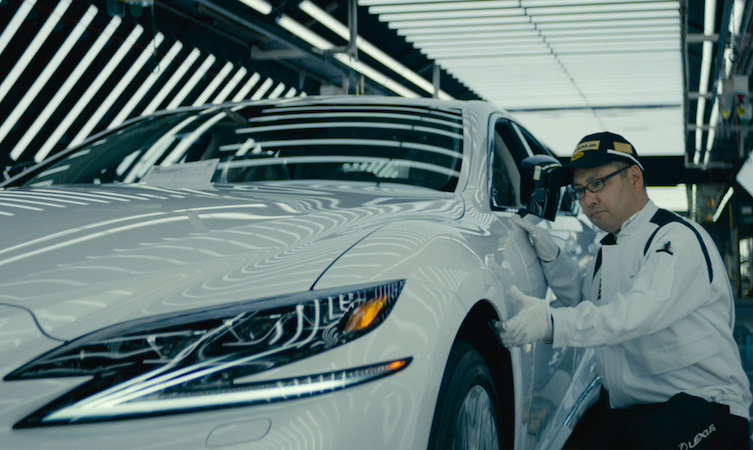
How many people inspect each car?
Suganuma: “We have different workers undertaking different processes, but right now we have about 60 people inspecting one car. In addition to this, sampling inspection is undertaken, where a car could be checked by an additional four staff in the space of an hour.”
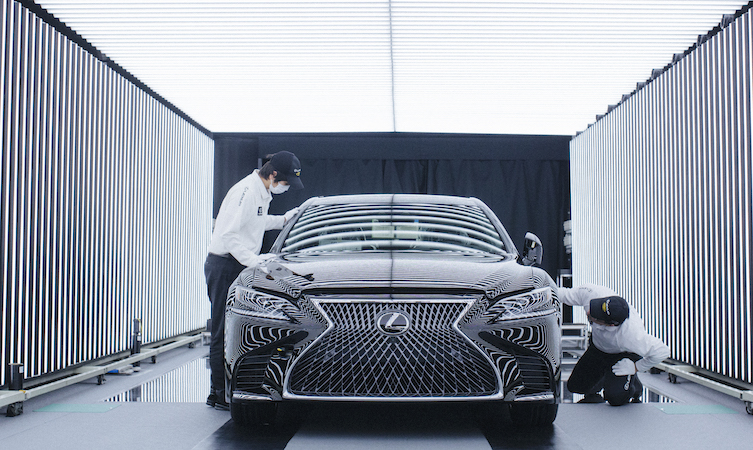
Is it right that you train by going on lots of practice drives?
Suganuma: “Yes, test driving is the very final part of the inspection process. To guarantee absolute perfection, every single Lexus is test driven before it leaves the factory – and these test drives are carried out by certified inspection test drivers. To become a test driver, we practise driving for about 200 hours (or 2,000 laps) over many different types of roads in order to hone our senses. We need to be very focused and aware of what we’re doing, so it’s always about repetition.”
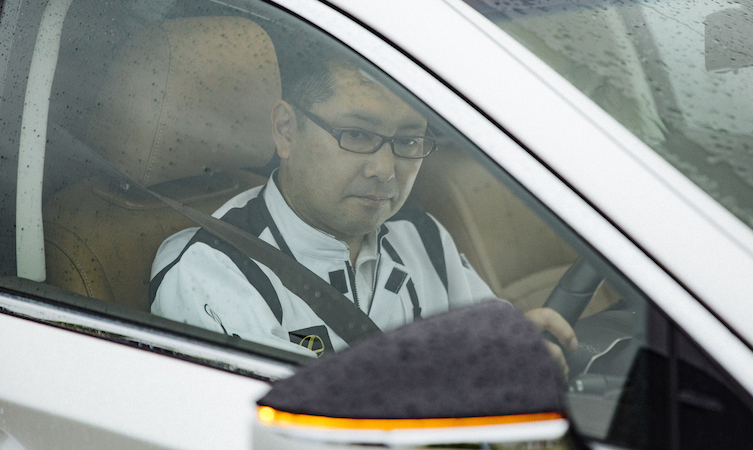
How do you cope with the repetitive nature of this work?
Suganuma: “It can be a very repetitive routine but I just remember that we have an end goal – that we’re working towards creating a vehicle for someone. Whenever I see a Lexus car in the city, for example, I want to know what kind of person is driving it. If the car is one that’s been made at the Tahara factory then I feel proud, and I like to see that the customer looks happy.”
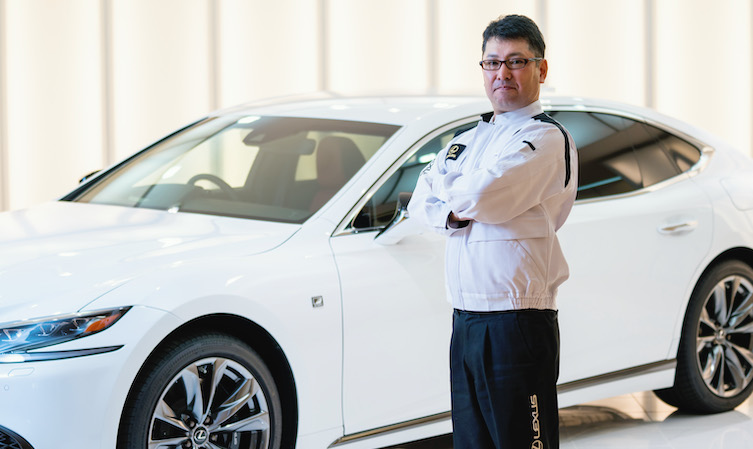
How has technology had an impact on the way you work?
Suganuma: “We don’t bring that much technology into final vehicle inspection. It’s all about our highly tuned human senses. We always need a human sense of sight, hearing and touch to properly inspect a vehicle.”
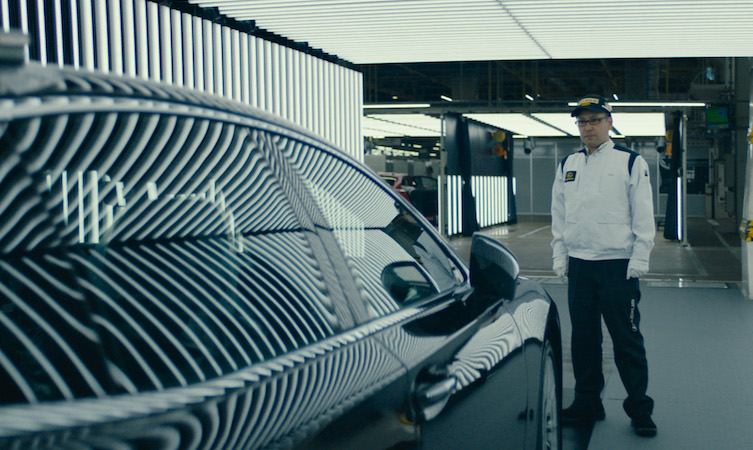
How do you think technological advances will change your industry in the future?
Suganuma: “We all say that we’re at the biggest point of transformation in 100 years. Part of that will be artificial intelligence.”
What challenges does being part of the final vehicle inspection process bring up?
Suganuma: “A real takumi would have the experience to spot any type of problem with a car. If I notice there’s something wrong with a particular part of a vehicle when it’s assembled, I may go and speak to the body assembly division or the painting division, and we co-operate so that they’re able to make any adjustments.”
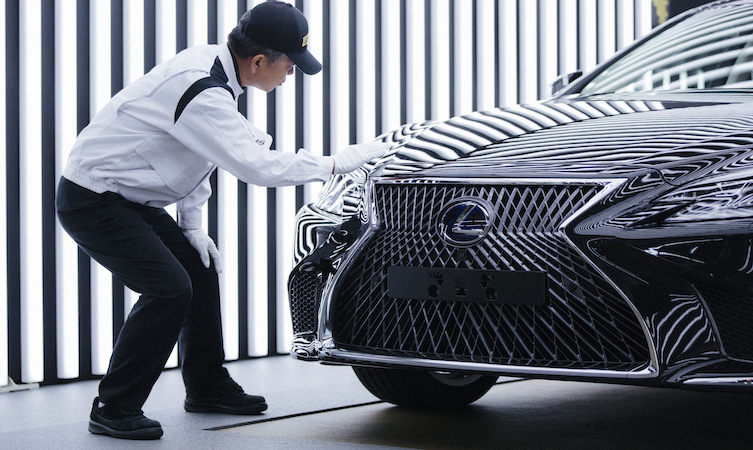
The staff on the factory floor seem very focused…
Suganuma: “Yes, we’re all concentrating so much on inspection that we don’t talk to each other. There are times when we do talk, when we spot something that’s wrong with the car and want somebody else’s judgment. But while we don’t talk in the workplace, we do go out together at weekends; that’s when we get to know each other. You need to form strong bonds to work together so closely.”
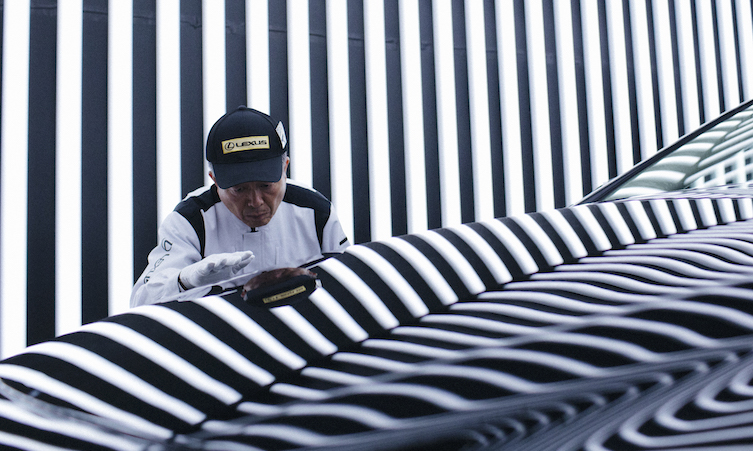
Everything here seems to run incredibly precisely. Is anyone ever late?
Suganuma: “We’re all human beings, so there are times when we do come in late, of course. I’ve been late to work once in 32 years.”
The 54-minute feature Takumi – A 60,000-hour story on the survival of human craft, and the 60,000-hour cut can be viewed at www.takumi-craft.com.
